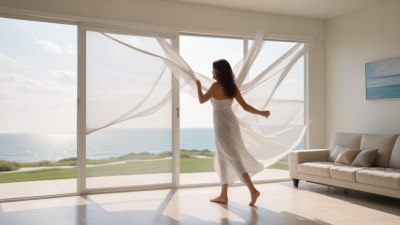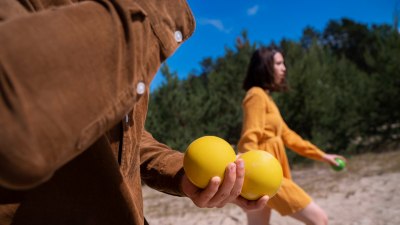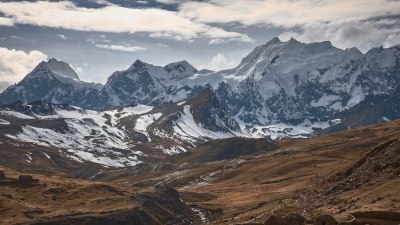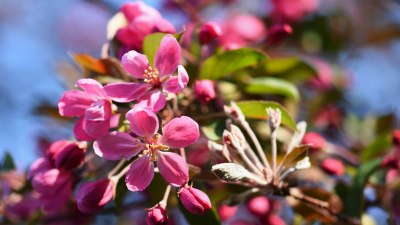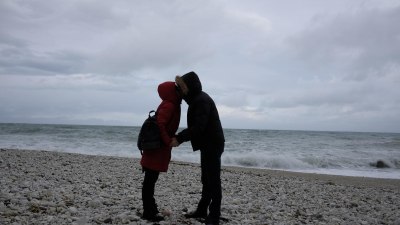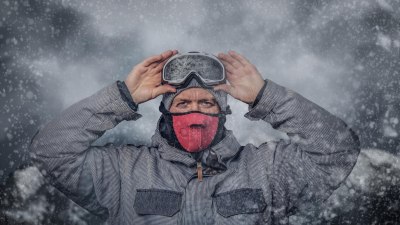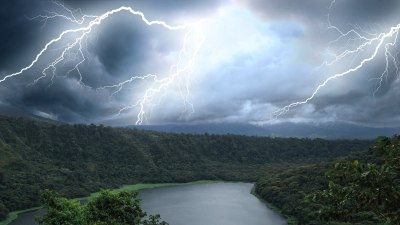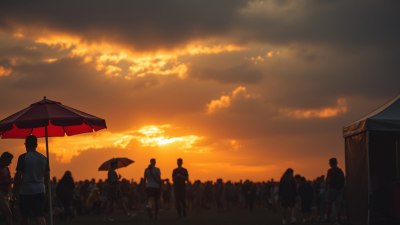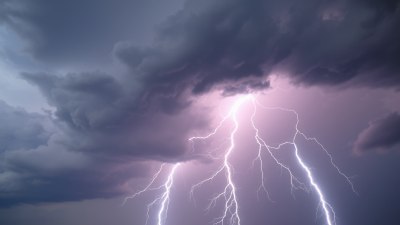The Science of Choosing the Wrong Side of the Street for Shade
Explore the intriguing aspects of choosing the wrong side of the street for shade and its implications on urban living.
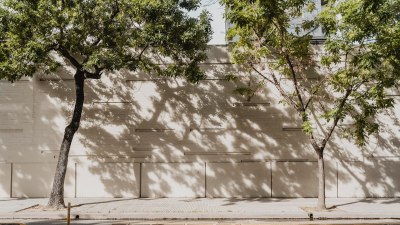
Urban living presents unique challenges, particularly when it comes to environmental conditions such as temperature and sunlight exposure. Choosing the right side of the street for maximum shade can significantly impact comfort and wellbeing. However, many people find themselves inadvertently selecting the wrong side. Understanding the science behind this phenomenon can illuminate why these choices are made and how they affect daily life.
The Importance of Urban Shade
Shade in urban environments serves several important purposes. It helps to regulate temperature, reduce the heat island effect, and create microclimates that contribute to sustainability and comfort. The presence of trees or awnings on one side of the street can provide critical relief from the sun, especially during hot summer months. When individuals fail to recognize which side offers the most shade, they may inadvertently expose themselves to higher temperatures and increased sun exposure.
Factors Influencing Shade Availability
Various factors influence the availability of shade on either side of a street. These include the positioning of buildings, the presence of trees, geographical orientation, and the time of year. For instance, streets that run east-west may receive different shade patterns than those running north-south due to the sun's trajectory. Understanding the solar path throughout the day helps determine which side of the street might offer more shade at specific times.
The Role of Urban Planning
Urban planning plays a crucial role in determining how much shade is available in a city. Municipalities often consider shade when designing parks, sidewalks, and building layouts. Studies have shown that neighborhoods with more trees and shaded areas offer better quality of life for residents. Those who choose the shaded side of the street are more likely to spend time outdoors, promoting physical activity and social interaction.
Behavioral Economics and Decision Making
People often make decisions based on perceptions rather than objective data. Behavioral economics suggests that individuals might choose the side of the street that seems more appealing or familiar, rather than the one that actually provides better shade. This cognitive bias can result in consistently poor choices regarding shade, leading to discomfort and health risks associated with sun exposure.
The Effect of Seasonal Changes
Seasons significantly influence shading patterns. During summer months, the foliage of trees is lush and provides abundant shade, while in winter, bare branches result in less shade. As seasons change, individuals may forget to reassess which side of the street offers the best shade. This variance can lead to discomfort during daytime outings unless people actively reconsider their choices throughout the year.
Temperature Variability and Health Implications
Choosing the wrong side of the street can also affect temperature variability. Studies indicate that sustained exposure to elevated temperatures can lead to health problems such as heat exhaustion or heatstroke. It is essential to recognize the direct correlation between shade availability and temperature regulation. By choosing the correct side of the street, urban dwellers can mitigate these health risks and enhance their well-being.
Strategies for Finding the Best Shade
To increase comfort and reduce heat exposure, here are some practical strategies: observe the street configurations at different times of day, consider solar patterns based on the seasons, and notice where natural or artificial shade structures are located. Additionally, using mobile applications designed to track solar intensity could be beneficial in making informed choices about where to walk or sit outside.
Technology and Urban Design
Emerging technologies in urban design aim to enhance shade availability through data collection and modeling. Enhanced light detection and ranging (LiDAR) technology can help urban planners visualize areas at risk for excessive heat. This information can assist in creating more shaded streetscapes, considering the position and growth patterns of existing trees, and strategically placing new greenery.
Community Engagement and Awareness
Community awareness of the benefits of shade can drive initiatives to create more shaded areas. Educational programs that inform residents about the importance of shade can increase participation in tree-planting programs and advocate for thoughtful urban design. By highlighting the significance of shade, communities can engage more residents in understanding their local environment and making informed choices.
The Psychological Impact of Shade
The psychological aspects of shade are often overlooked. People tend to feel more comfortable and relaxed in shaded environments, which can influence their decision to spend time outdoors. Research suggests that green spaces and shaded areas contribute positively to mental well-being, encouraging people to socialize and remain physically active. By understanding these psychological benefits, individuals may be motivated to seek out shaded areas more consistently.
Shade and Economic Impact
Shade also has economic implications. Businesses located in shaded areas often see higher foot traffic during warm months, which can lead to increased sales. Conversely, businesses on sunny sides may suffer from lower customer visits. Encouraging the development of shaded nooks and outdoor spaces can significantly enhance the attractiveness of commercial districts, contributing to the local economy's success.
Choosing the wrong side of the street in search of shade is more than a simple mistake; it reflects complex intersections of urban design, behavioral economics, and seasonal changes. By understanding the factors that influence shade and implementing thoughtful decision-making strategies, urban residents can enhance their comfort and health. The importance of holistic urban planning cannot be overstated—communities thrive not just through infrastructure but also through thoughtful engagement with their environment. Choosing the shaded side of the street can lead to a healthier, happier urban experience for all.
